
If you have nostalgic feelings about the star-crossed American Motors Corporation, this six-part documentary will let you indulge them to the maximum.
Lovingly lit Ramblers, Javelins, Marlins, and Pacers fill the screen in a production led by automotive journalist Joe Ligo.
You can watch The Last Independent Automaker on YouTube and PBS.
The Last Independent Automaker opens in the winter of 1948, when George Mason of Nash-Kelvinator and Packard's George Romney decided to merge, creating the American Motors Corporation, or AMC. Over the six-part series, we're walked through the entire timeline of AMC, beginning with the death of Mason and Romney's subsequent battle to take over the company. It was not to be the sole battle for leadership supremacy in the company's history. The documentary follows Romney's efforts, after taking the helm, to build AMC into an automaker that could compete with General Motors, Ford, and Chrysler.
While the Big Three, in those days, could afford major styling updates every year and full redesigns every few years, Romney had to figure out ways to make AMC stand out while minimizing build costs and sharing as many components between models as possible. The series showcases designers and engineers talking about ways they found to make the most cars out of the fewest stamping dies and blueprints.
Directed and produced by automotive journalist Joe Ligo, The Last Independent Automaker features many driving shots and lovingly lit close-ups of Ramblers, Javelins, Marlins, and Gremlins, but the documentary also includes a wide variety of voices that give us an idea of the company culture, both positive and negative. Several episodes feature former workers from the Kenosha, Wisconsin, factory as well as interviews with car designers, plant managers, secretaries, historians, collectors, and even relatives of AMC employees.
The overall tone of the documentary is positive, as Ligo is clearly a fan of the brand, but he doesn't shy away from discussing the poor factory conditions that led to ongoing union battles with United Auto Workers Local 72. A particularly interesting side story covers the lawsuit between the grassroots publishers of the anti-corporate newsletter, The Fighting Times, and the big brass at AMC.
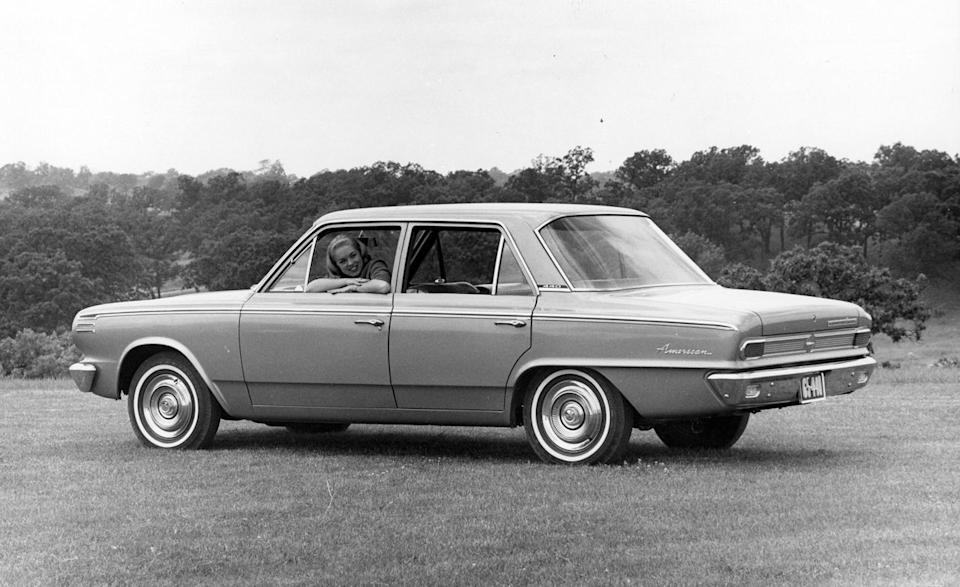
AMC's relationship with its workers wasn't all antagonistic; leadership tried hard to keep the factories running and workers on the payroll. As at many car companies in the '70s and '80s, drugs and alcohol problems were a major concern in the factory. The cliché about "Never buy a car built on a Friday" has roots in real substance abuse problems. Former workers discuss it with humor, even helping Ligo re-create one of their secret work station bars for the cameras, but the issues were serious, and AMC deserves credit for having established one of the automotive industry's first joint drug and alcohol recovery programs.
Anyone familiar with AMC's history knows the story doesn't have a happy ending, but it's fascinating to see how major shifts in the automotive world made a large impact on AMC's fortunes. Fuel economy, styling trends, ad campaigns, motorsports success, and safety concerns all hit the smaller company harder than the Big Three, but when AMC couldn't compete in sheetmetal, it made bold moves in marketing, like offering better warranties than its competitors or going head to head against Ford and Chevy in magazine ads.
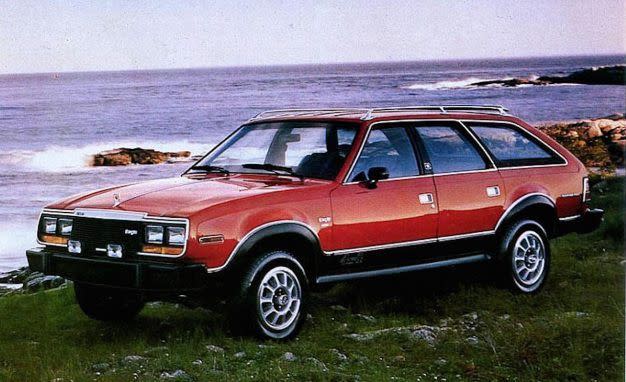
In the end, no amount of clever s or four-wheel-drive Eagles could save AMC from being taken over by Chrysler. The final episodes show how risky company moves lost AMC its independence and its Kenosha plant, but allowed Lee Iacocca to gain control of Jeep.
The Last Independent Automaker does a great job of laying out AMC's history. Ligo pokes fun at some of the quirkiness of AMC cars and leadership, but with clear affection. The interviews with designers and factory workers show a lingering loyalty to a company that prided itself on nimble problem-solving and the ability to do more with less.
This series won't just be of interest to AMC fans. It also offers an interesting look at the intertwined and occasionally cannibalistic automotive industry from the '50s through to AMC's last day of production on December 11, 1987. If you have a love for classic, older cars and the stories that go into them, it's worth a watch.
You can find all the episodes on PBS or Ligo's "Auto Moments" YouTube channel.
You Might Also Like
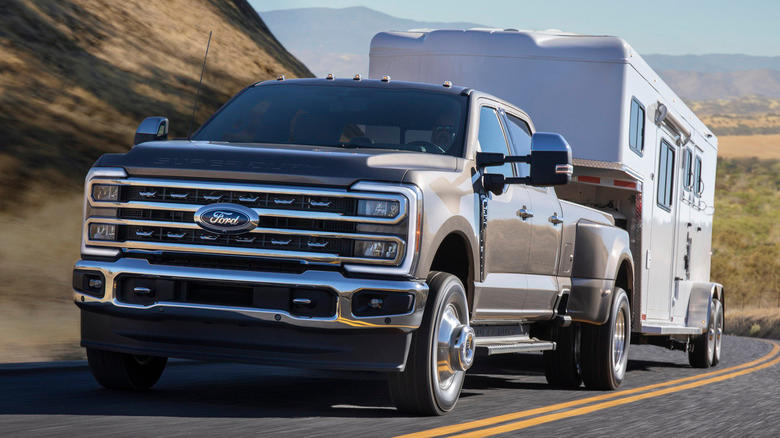

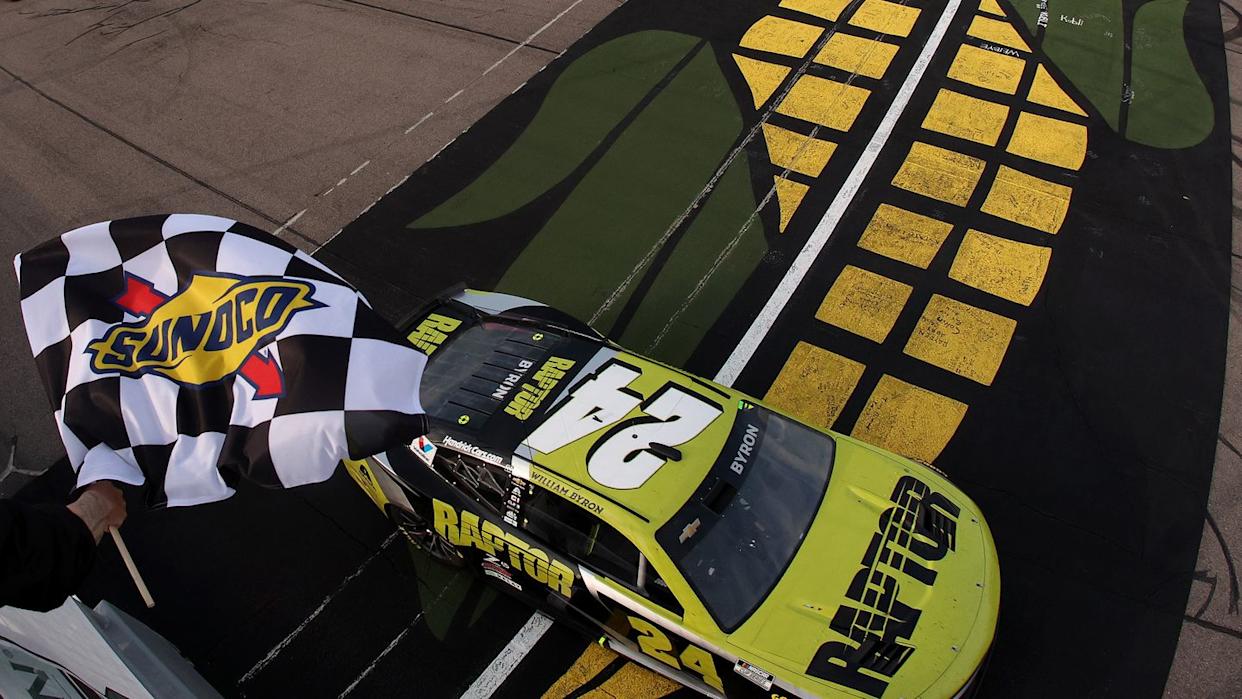


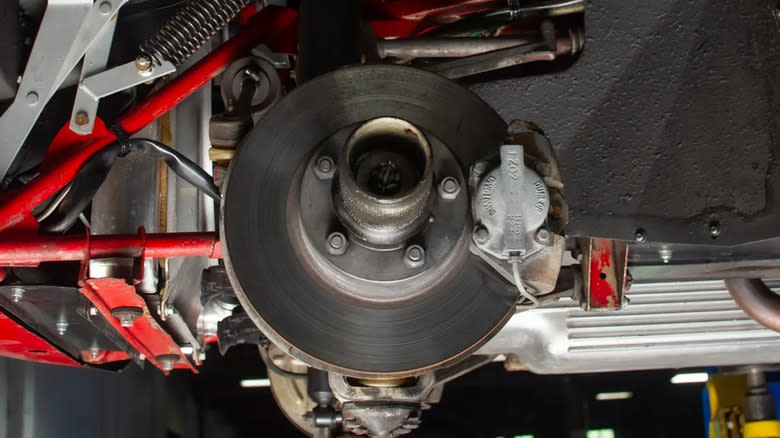

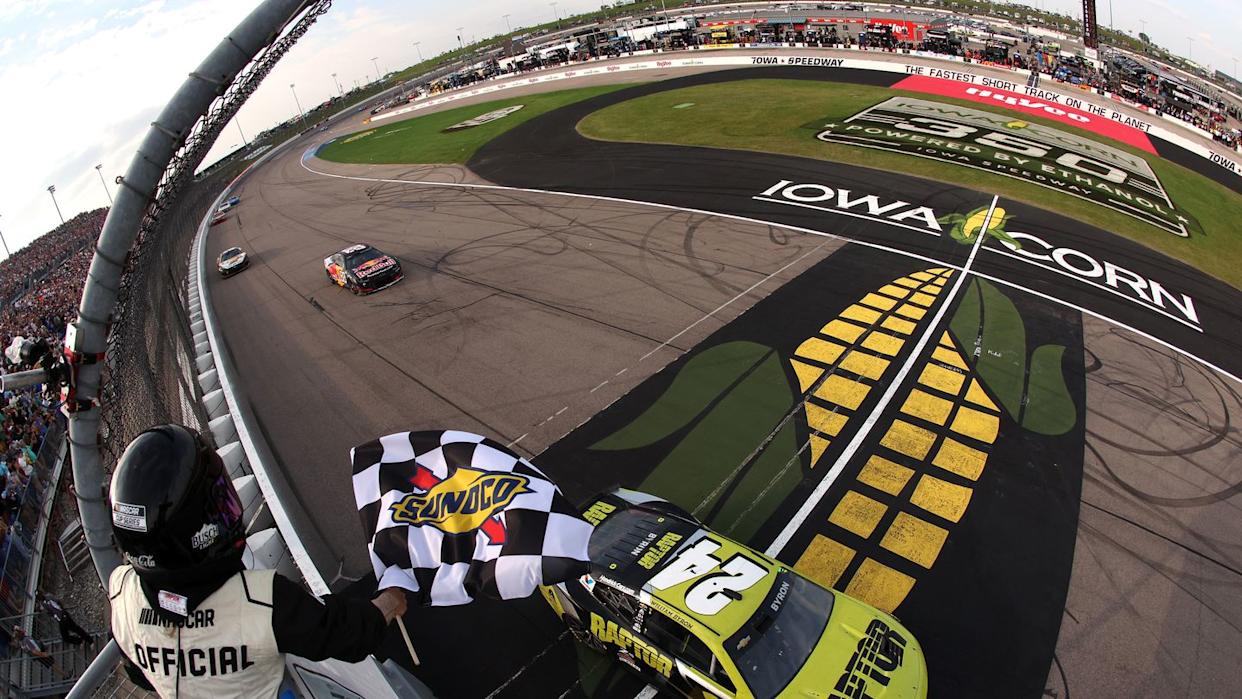
Comments